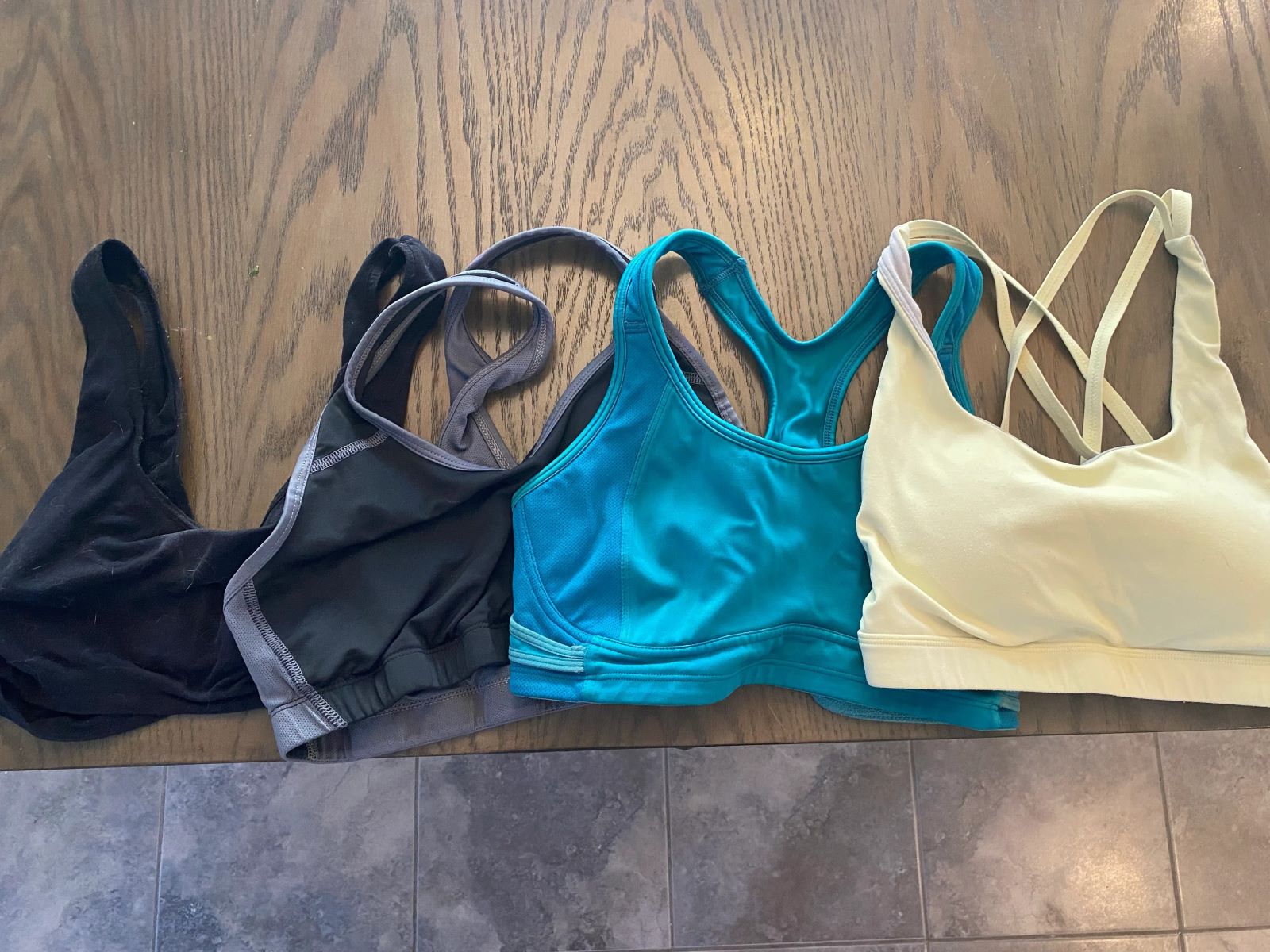

Articles
How To Store Workout Clothes
Modified: October 18, 2024
Discover the best tips and tricks for storing your workout clothes in this informative article. Keep your activewear fresh and organized with these helpful suggestions.
(Many of the links in this article redirect to a specific reviewed product. Your purchase of these products through affiliate links helps to generate commission for Storables.com, at no extra cost. Learn more)
Introduction
Welcome to the world of fitness! As you embark on your fitness journey, you may find yourself accumulating a collection of workout clothes that seem to take over your closet or gym bag. To keep your workout gear organized and in good condition, proper storage becomes essential.
Properly storing your workout clothes not only helps you maintain a tidy space, but it also prolongs the lifespan of your activewear, ensuring that it continues to serve you well through all those intense workouts and sweaty sessions.
In this article, we will explore the importance of proper storage for your workout clothes and provide you with practical tips on how to effectively store and organize them. So let’s dive right in!
Key Takeaways:
- Properly storing workout clothes preserves quality, prevents odors, and saves time. Use storage bins, drawers, and hanging rods to maintain freshness and maximize space.
- Avoid common mistakes like leaving sweaty clothes in a gym bag and ignoring care labels. Keep workout clothes fresh with proper washing and storage techniques.
Read more: How To Store Workout Equipment
Why Proper Storage of Workout Clothes is Important
Properly storing your workout clothes is essential for several reasons. Let’s explore why investing time and effort into organizing and storing your activewear is worth it:
- Preserves the quality: Workout clothes are designed to withstand intense physical activities and moisture. However, if you don’t store them properly, they can lose their elasticity, color, and overall quality over time. By storing your workout clothes correctly, you can ensure they maintain their performance and appearance for longer.
- Prevents odors: Regular workouts mean lots of sweating, and that can lead to some unpleasant odors. Storing your workout clothes properly helps to minimize the buildup of bacteria and odors. This is especially crucial for synthetic fabrics, like polyester and nylon, which tend to trap sweat and odor-causing bacteria.
- Reduces wrinkles: Nobody wants to wear wrinkled workout clothes. Proper storage methods, such as folding or hanging, can help prevent wrinkles and creases in your activewear. This ensures that you always have fresh and presentable workout clothes ready to go.
- Saves time and energy: Having an organized storage system for your workout clothes saves you time and energy, especially when you’re in a rush to get to the gym or start your workout. With everything properly sorted and accessible, you won’t waste valuable time searching for specific items.
- Maximizes closet space: Workout clothes can easily take up a significant amount of space in your closet or gym bag. By organizing and storing them efficiently, you can maximize your storage space and have room for other essential items.
By understanding the importance of proper storage for your workout clothes, you can take the necessary steps to preserve their quality, maintain freshness, and make your fitness routine more enjoyable.
Choosing the Right Storage Space
When it comes to storing your workout clothes, it’s important to choose the right storage space that suits your needs and helps keep your activewear organized and accessible. Here are some factors to consider:
- Closet: If you have a spacious closet, dedicating a section to your workout clothes can be an ideal option. Make sure there is enough room to hang your clothes or store them in drawers or bins.
- Dresser or drawers: Utilizing a dresser or drawers specifically for your workout clothes can be a convenient solution. You can separate your clothes by type or use drawer organizers to keep everything neat and easily accessible.
- Storage bins: Clear plastic storage bins are a great option for storing workout clothes, especially if you have limited closet or drawer space. Label the bins by category or season to ensure easy access and organization.
- Hanging hooks or rods: Installing hooks or a hanging rod on a wall or the back of a door can provide additional storage space for items like jackets, hoodies, or sports bras.
Consider your available space and personal preferences when choosing a storage solution. Ensure that it’s easily accessible so that you can quickly grab what you need without any hassle.
Remember, the goal is to create a dedicated space for your workout clothes that keeps them in good condition and makes getting ready for your fitness routine a breeze.
Preparing Your Workout Clothes for Storage
Before you start organizing and storing your workout clothes, it’s important to properly prepare them. Here are some steps to follow:
- Wash before storing: Make sure to clean your workout clothes before storing them. Sweat, oils, and bacteria can settle into the fabric if left unwashed, leading to unpleasant odors and potential damage.
- Read care labels: Different fabrics require specific care instructions. Take the time to read the care labels on your workout clothes to ensure you follow the recommended washing and drying instructions.
- Turn clothes inside out: Turning your workout clothes inside out before washing can help protect delicate fabrics and prevent them from pilling or snagging in the wash.
- Air dry whenever possible: Most workout clothes are made from moisture-wicking fabrics that dry quickly. To preserve the fabric’s elasticity and color, consider air-drying your clothes instead of using a dryer. Hanging them on a drying rack or clothesline is ideal.
- Avoid fabric softeners: Fabric softeners can leave residue on workout clothes, affecting their moisture-wicking properties. It’s best to skip the fabric softener when washing your activewear.
By taking these steps to prepare your workout clothes for storage, you’ll ensure that they are clean, fresh, and ready for future use. Properly cared for clothes will retain their quality and perform better during your workouts.
Sorting and Organizing Your Workout Clothes
Sorting and organizing your workout clothes is key to maintaining a clutter-free and easily accessible storage system. Here are some tips to help you effectively sort and organize your activewear:
- Sort by category: Start by sorting your workout clothes into categories, such as tops, bottoms, sports bras, and accessories. This will make it easier to locate specific items when you need them.
- Separate by function: If you have a wide range of workout activities, consider separating your clothes by function. For example, keep your running gear separate from your yoga or weightlifting attire.
- Create a seasonal rotation: If you have limited storage space, consider creating a seasonal rotation system. Keep your current season’s workout clothes easily accessible, while storing off-season items in a separate space.
- Use dividers or organizers: Whether you’re using drawers or bins, dividers or organizers can help keep your clothes neatly separated and prevent them from getting mixed up or tangled.
- Label containers: If using storage bins or drawers, labeling them will make it easier to identify what’s inside and locate specific items quickly.
By sorting your workout clothes into categories and organizing them in a systematic manner, you’ll save time and frustration when searching for the perfect outfit for your next workout session.
Read more: How To Store Indian Clothes
Folding vs. Hanging: Which Method is Best?
When it comes to storing your workout clothes, you may wonder whether it’s better to fold them or hang them. The truth is, the best method depends on the type of clothing and the available storage space. Let’s explore the benefits of each method:
Folding:
- Saves space: Folding your workout clothes is a space-saving option, especially if you have limited closet or storage space. It allows you to stack items neatly in drawers or storage bins.
- Minimizes wrinkles: Proper folding techniques can help minimize wrinkles and creases in your clothes. This ensures that your workout clothes are ready to wear without the need for ironing or steaming.
- Visibility: When clothes are folded, it’s easier to see everything at a glance. This makes it quicker to find and select the specific item you want to wear for your workout.
Hanging:
- Preserves shape: Hanging certain pieces of workout clothing, such as sports bras and tanks, helps preserve their shape and prevents stretching or misshaping.
- Promotes airflow: Hanging clothes allows for better airflow, which can help prevent musty odors and maintain freshness, particularly for moisture-wicking fabrics.
- Easy access: Hanging your clothes in your closet or on hooks provides easy access, allowing you to quickly grab what you need without having to sort through folded items.
The best approach is to use a combination of folding and hanging. Fold items like leggings, workout shorts, and t-shirts, which can be neatly stacked in drawers or bins. Hang items such as jackets, hoodies, and sports bras to preserve their shape and make them easily accessible.
Ultimately, consider the specific needs of your workout clothes, the available storage space, and your personal preference when deciding whether to fold or hang your activewear. Find a method that works best for you and keeps your workout clothes organized and in good condition.
To store workout clothes, make sure they are completely dry before folding or hanging to prevent mildew. Avoid storing them in plastic bags to allow for air circulation.
Using Storage Bins or Drawers
Storage bins or drawers can be a practical and efficient solution for storing your workout clothes. Here are some tips for using storage bins or drawers effectively:
- Choose the right size: Select storage bins or drawers that can accommodate your workout clothes comfortably. Consider the quantity of items you have and the available space in your closet or storage area.
- Clear bins: Opt for clear plastic bins to easily see what’s inside without having to open each one. This makes it quicker to find the specific item you’re looking for.
- Label bins or drawers: Use labels or tags to identify the contents of each storage bin or drawer. This will make it easier to locate specific items and maintain an organized system.
- Separate by category: Group your workout clothes by category or function within each bin or drawer. For example, dedicate one bin for tops, another for bottoms, and a separate one for sports bras and accessories.
- Fold neatly: Ensure you fold your workout clothes neatly before placing them in bins or drawers. This helps maximize space and keeps everything organized.
- Stack or use dividers: If stacking multiple bins, place heavier or less frequently used items at the bottom and lighter or frequently used items on top. Consider using dividers or organizers within the bins or drawers to keep items separated and prevent them from getting tangled.
Using storage bins or drawers not only maximizes space but also protects your workout clothes from dust, sunlight, and potential damage. With a well-organized system, you can easily access your activewear when needed and maintain a clutter-free storage space.
Utilizing Hooks or Hanging Rods
If you have limited closet space or prefer to have your workout clothes easily visible and accessible, utilizing hooks or hanging rods can be a practical storage solution. Here’s how you can make the most of hooks or hanging rods:
- Install hooks or rod: Choose a suitable location, such as a wall or the back of a door, to install hooks or a hanging rod. Ensure it’s sturdy enough to hold the weight of your workout clothes.
- Group by type: Group similar items together on the hooks or hanging rod. For instance, hang your jackets and hoodies on one set of hooks, while sports bras or tank tops can go on another set. This makes it easier to find what you’re looking for.
- Use hangers: Invest in good quality hangers designed for specific clothing items. Use hangers with clips for leggings or pants to keep them wrinkle-free and organized.
- Arrange by frequency of use: Place frequently worn items at eye level for easy access. Less frequently worn items can be hung higher up or at the back to maximize space.
- Utilize vertical space: If you have limited horizontal space, consider using double-tiered hangers or cascading hooks to make use of vertical space.
- Consider garment bags: If you have special workout clothes, such as competition attire or delicate fabrics, consider using garment bags to protect and preserve them.
Utilizing hooks or hanging rods not only keeps your workout clothes organized but also allows for better airflow, reducing the chances of musty odors. With this method, you can easily see what you have and grab the desired item without rummaging through piles or drawers.
By efficiently utilizing hooks or hanging rods, you can create a visually appealing and functional storage solution for your workout clothes.
Storing Shoes and Sneakers
Properly storing your shoes and sneakers is just as important as storing your workout clothes. Here are some tips to keep your footwear organized and in good condition:
- Clean before storing: Make sure to clean your shoes and sneakers before storing them. Remove any dirt or debris and wipe them down with a damp cloth.
- Allow them to air dry: After cleaning, let your shoes and sneakers air dry completely to prevent any moisture buildup.
- Remove the insoles and laces: For sneakers, consider removing the insoles and laces. This allows for better air circulation and helps maintain the shape of the shoes.
- Invest in shoe organizers: Shoe organizers such as shoe racks, shelves, or cubbies can help keep your shoes and sneakers neatly stored and easily accessible.
- Store in a cool, dry place: Find a storage area that is cool, dry, and well-ventilated. Avoid storing your shoes and sneakers in areas prone to extreme temperatures or humidity, as this can cause damage to the materials.
- Arrange by type or frequency of use: Group your shoes and sneakers by type (e.g., running shoes, training shoes, casual sneakers) or by frequency of use. This will make it easier to locate the pair you need for your specific workout or activity.
- Consider shoe bags or boxes: Shoe bags or clear plastic shoe boxes can help protect your footwear from dust and potential damage. Label the boxes or bags to easily identify the contents.
- Dedicate a separate space for sports-specific shoes: If you have sports-specific shoes, such as cycling shoes or basketball sneakers, consider keeping them separate from your everyday athletic shoes to avoid mixing them up.
By following these tips, you can maintain the condition of your shoes and sneakers, prolong their lifespan, and ensure that they are readily available when you need them for your workouts.
Remember, proper shoe storage not only keeps your footwear organized but also helps protect them from potential damage and extends their usability over time.
Read more: How To Store Ski Clothes
Avoiding Common Mistakes in Storing Workout Clothes
When it comes to storing your workout clothes, it’s important to avoid some common mistakes that can lead to unnecessary wear and tear or make it difficult to find what you need. Here are some mistakes to avoid:
- Leaving sweaty clothes in a gym bag: It’s important to avoid leaving your sweaty workout clothes in a gym bag for an extended period. This can lead to the growth of bacteria, mold, and unpleasant odors. Make sure to remove and properly store your clothes as soon as you’re done with your workout.
- Storing damp clothes: Never store damp or wet workout clothes. Moisture can promote the growth of mold and mildew, leading to unpleasant smells and potential damage to the fabric. Always ensure your clothes are dry before storing them.
- Ignoring care labels: Each piece of workout clothing may have specific care instructions outlined on the care label. Ignoring these instructions can lead to damage or loss of quality. Make sure to follow the recommended care guidelines when washing, drying, and storing your activewear.
- Overstuffing drawers or bins: Stuffing too many clothes into drawers or bins can lead to wrinkles, misshaping, and difficulty in finding specific items. Avoid overcrowding, as it can make it challenging to maintain an organized system and increase the chances of damaging the fabric.
- Not segregating workout clothes from regular clothes: Mixing your workout clothes with your regular clothes can make it difficult to find specific items and create confusion in your wardrobe. Keep your workout clothes separate from your everyday attire to maintain an organized storage system.
- Forgetting to rotate the clothes: If you have a seasonal rotation system, don’t forget to rotate your clothes accordingly. Leaving the same items at the forefront for an extended period can cause them to lose their elasticity or fade faster. Regularly rotate your clothes to ensure they all receive equal wear.
- Ignoring signs of wear and tear: It’s essential to regularly inspect your workout clothes for signs of wear and tear. This includes checking for stretched elastic, holes, or fading. If you notice any damage, consider repairing or replacing the item to prevent further deterioration.
By avoiding these common mistakes, you can maintain the quality and longevity of your workout clothes, ensure they remain fresh and ready to wear, and make the most out of your storage space.
Tips for Keeping Workout Clothes Fresh and Odor-Free
Dealing with persistent odors in your workout clothes can be frustrating. Fortunately, there are several tips and tricks you can follow to keep your activewear fresh and odor-free. Here are some practical tips:
- Wash them promptly: Don’t let your sweaty clothes sit for too long before laundering them. Wash them as soon as possible to prevent bacteria from multiplying and causing unpleasant odors.
- Use the right detergent: Choose a detergent specifically formulated for removing odors and stains. Look for options that are designed to combat sweat and bacteria, and consider using a sport-specific laundry detergent.
- Pre-soak in vinegar: For particularly stubborn smells, pre-soak your workout clothes in a mixture of water and vinegar before washing. Vinegar helps eliminate odors and break down residue.
- Avoid fabric softeners: Fabric softeners can leave a waxy residue on your workout clothes, which can trap odor-causing bacteria. Instead of using fabric softeners, opt for vinegar as a natural fabric softener alternative.
- Turn clothes inside out: Turning your workout clothes inside out before washing helps to ensure that the inner fabric, where most of the sweat and bacteria accumulate, receives proper cleaning.
- Avoid high heat: Excessive heat, such as hot water or high dryer settings, can damage the elasticity of your workout clothes and may even set in odors. Wash your clothes in cold water and air-dry them whenever possible.
- Use baking soda: Adding baking soda to your laundry can neutralize odors and help eliminate lingering smells. Simply add a scoop of baking soda to your wash along with your detergent.
- Sun-dry your clothes: Sunlight is a natural bacteria killer and can help freshen your workout clothes. Hang damp clothes outside to dry in the sun, which can help eliminate any remaining odors.
- Store them dry: Before storing your workout clothes, ensure they are completely dry. Moisture can lead to mold and mildew growth, which results in unpleasant odors and potential fabric damage.
- Avoid wearing the same clothes without washing: Resist the temptation to re-wear your workout clothes without washing them. Even if they don’t smell noticeably, they may still harbor bacteria that can multiply and cause odors over time.
By following these tips and incorporating them into your laundry routine, you can keep your workout clothes fresh, clean, and odor-free. Your activewear will be ready for your next workout, leaving you feeling confident and comfortable.
Conclusion
Proper storage of workout clothes is key to maintaining their quality, maximizing space, and ensuring easy access. By following the tips and strategies mentioned in this article, you can effectively organize and store your activewear, keeping it fresh, odor-free, and in excellent condition.
Remember to prepare your workout clothes for storage by washing and properly drying them. Sort and organize your clothes by category or function, using storage bins, drawers, hooks, or hanging rods to suit your available space. Consider whether certain items are best folded or hung to preserve their shape and minimize wrinkles. Additionally, don’t forget to take care of your shoes and sneakers by cleaning them and keeping them dry before storing them.
Avoid common mistakes in storing workout clothes, such as leaving them in a gym bag or storing them damp. Instead, focus on properly caring for your clothing, paying attention to the care labels and recommended washing instructions. By doing so, you can extend the lifespan of your workout gear and prevent unnecessary wear and tear.
Finally, implement tips for keeping your workout clothes fresh and odor-free. Wash them promptly after use, use the right detergent, pre-soak in vinegar if needed, and avoid excessive heat. Incorporate baking soda, sunlight, and dry storage to eliminate odors and maintain freshness.
By taking these steps, you can optimize your storage space, keep your workout clothes organized, and make your fitness routine more enjoyable. You’ll have clean, fresh, and easily accessible activewear that supports you in achieving your fitness goals.
So, invest the time and effort in properly storing your workout clothes today and reap the benefits of well-organized, quality activewear for your future fitness endeavors.
Frequently Asked Questions about How To Store Workout Clothes
Was this page helpful?
At Storables.com, we guarantee accurate and reliable information. Our content, validated by Expert Board Contributors, is crafted following stringent Editorial Policies. We're committed to providing you with well-researched, expert-backed insights for all your informational needs.

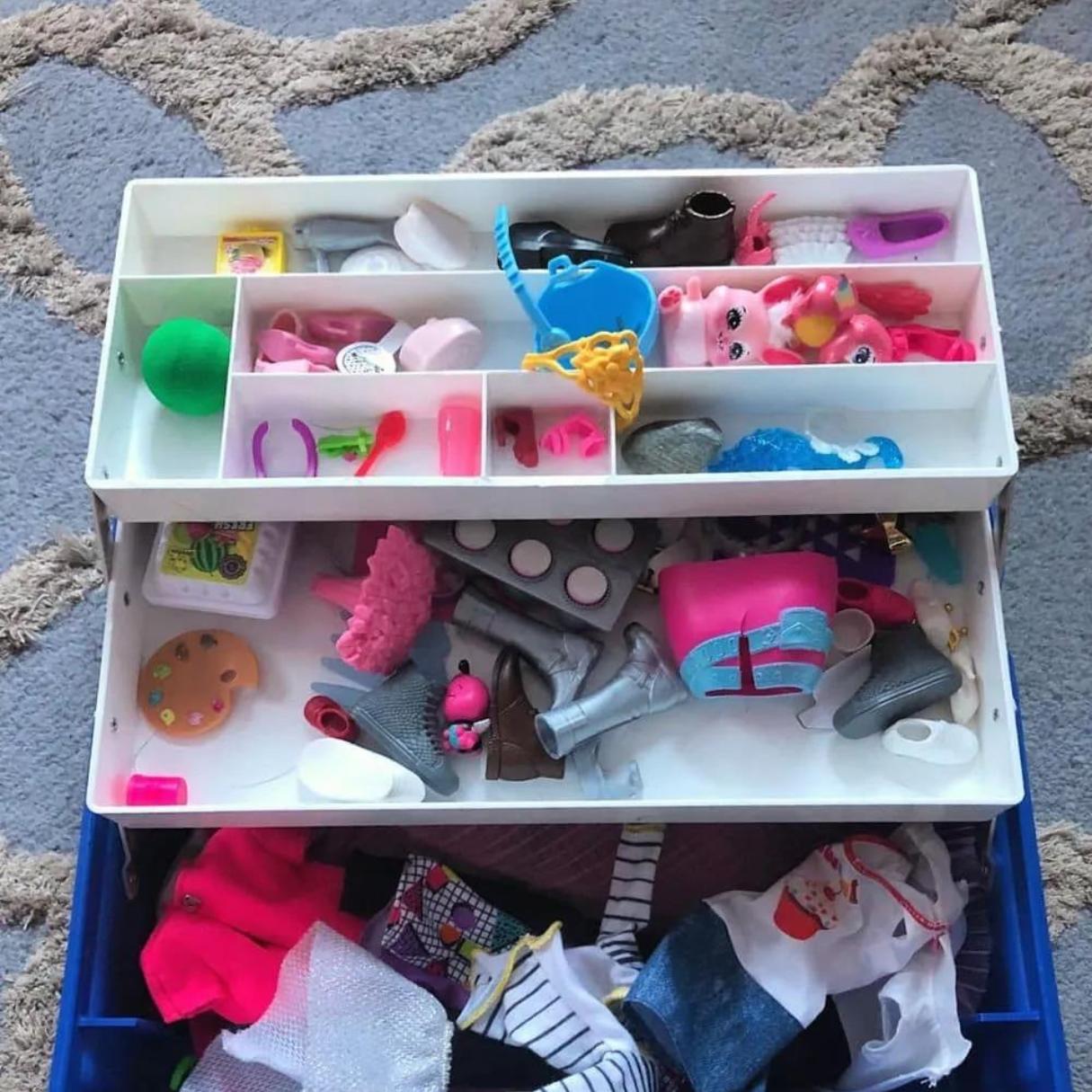
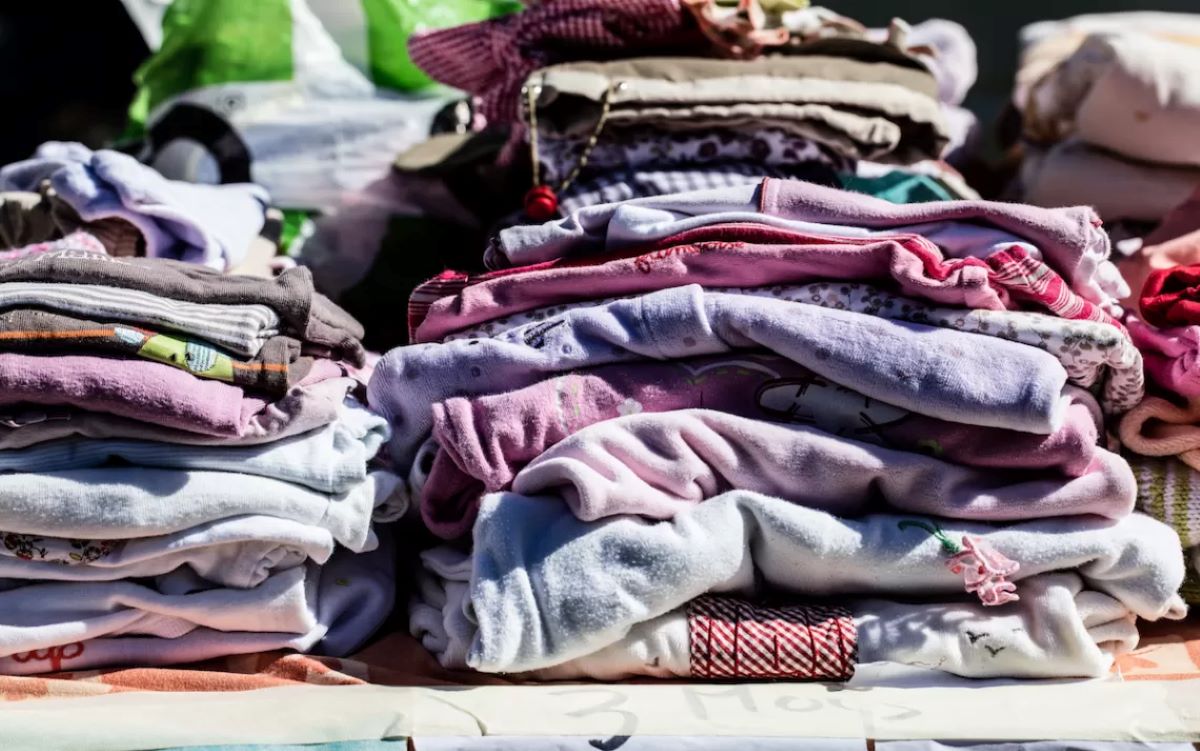


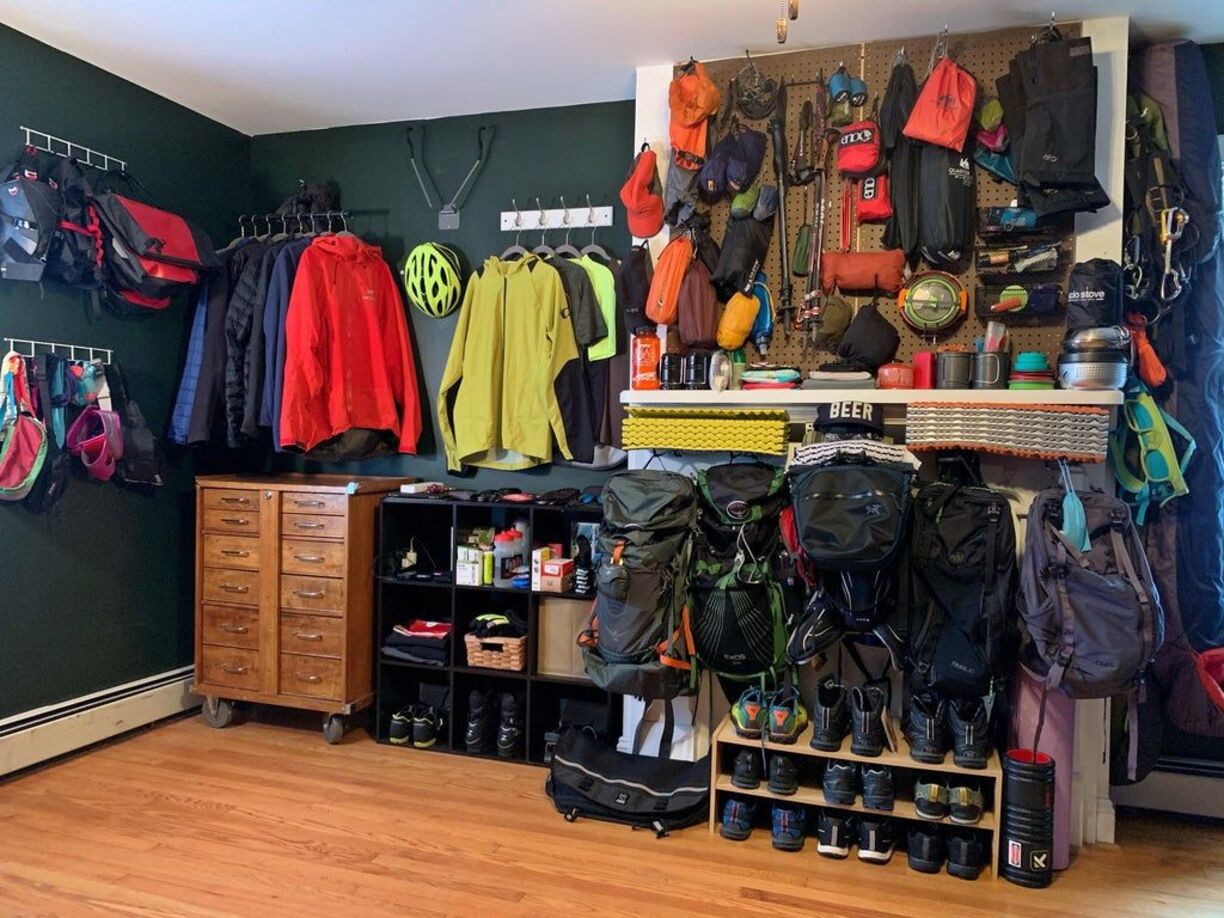
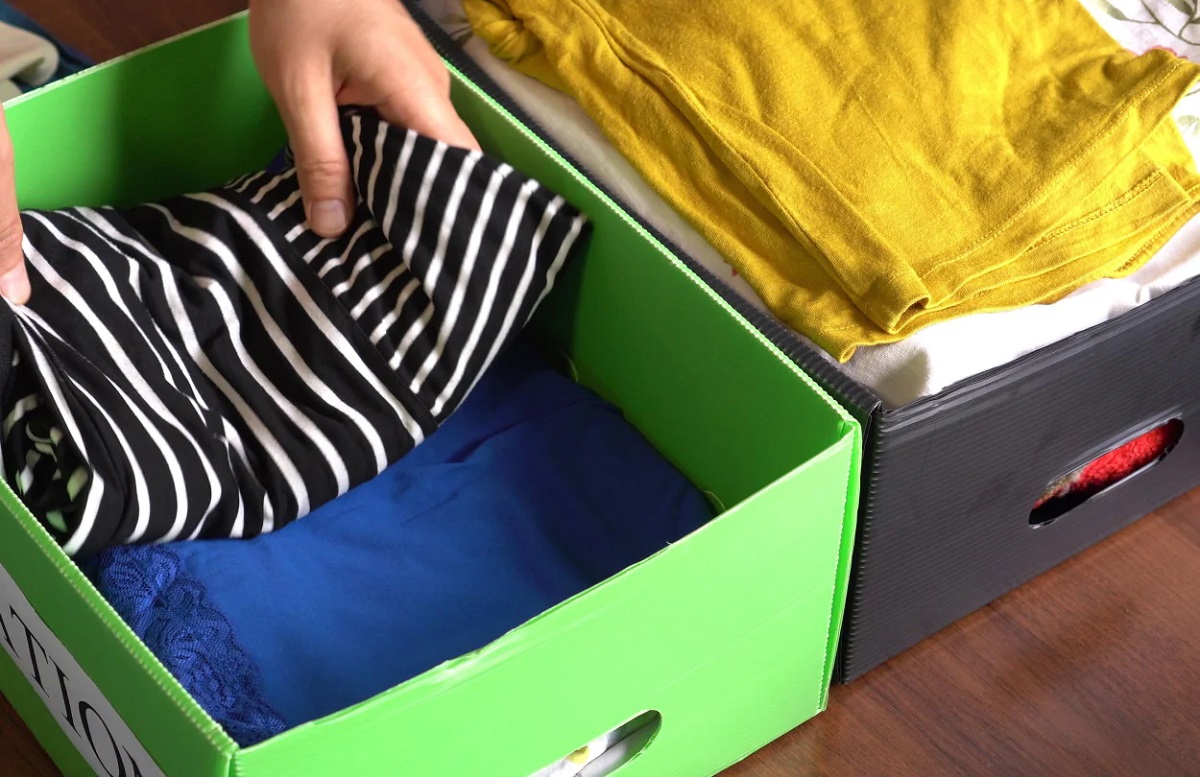
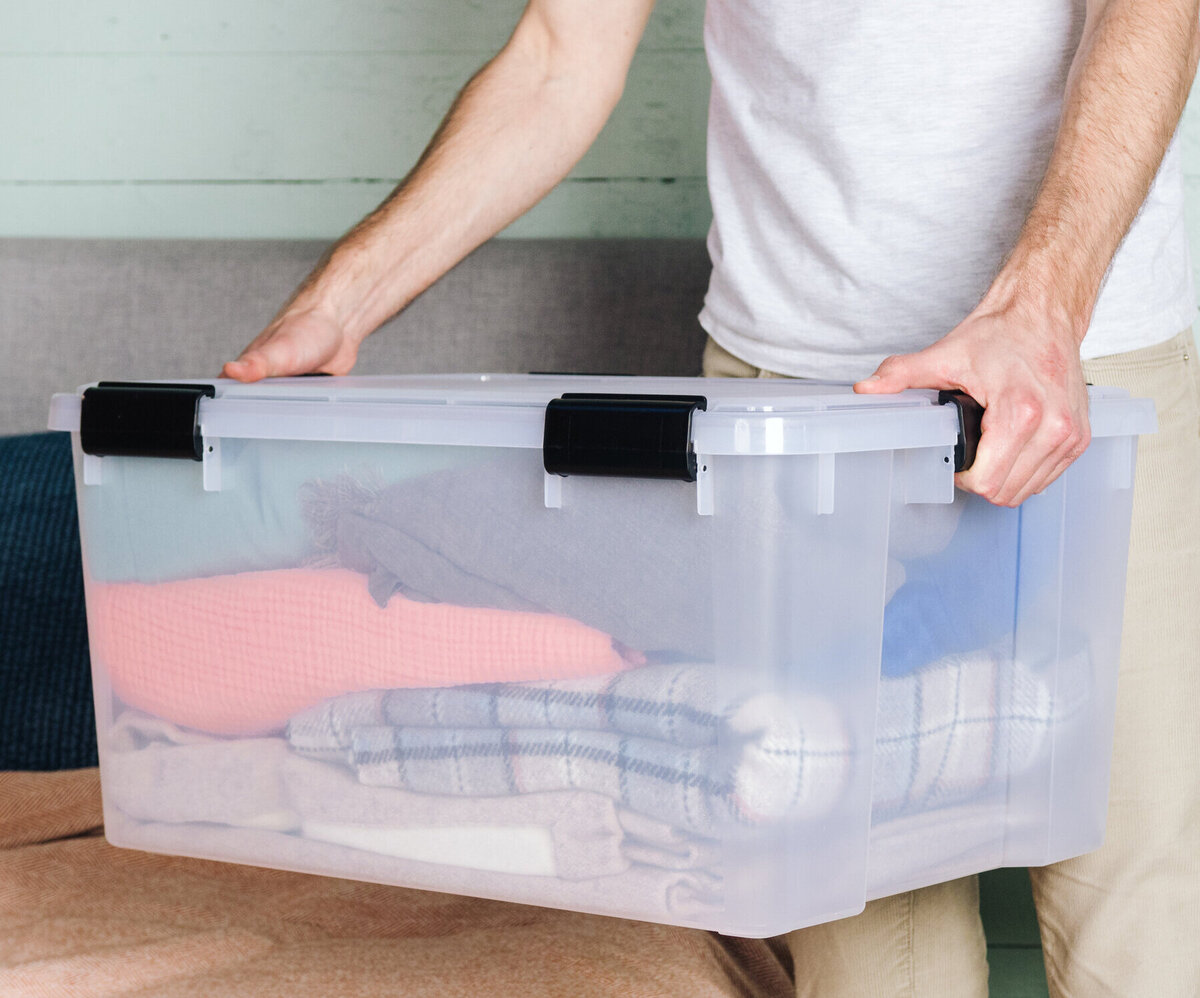


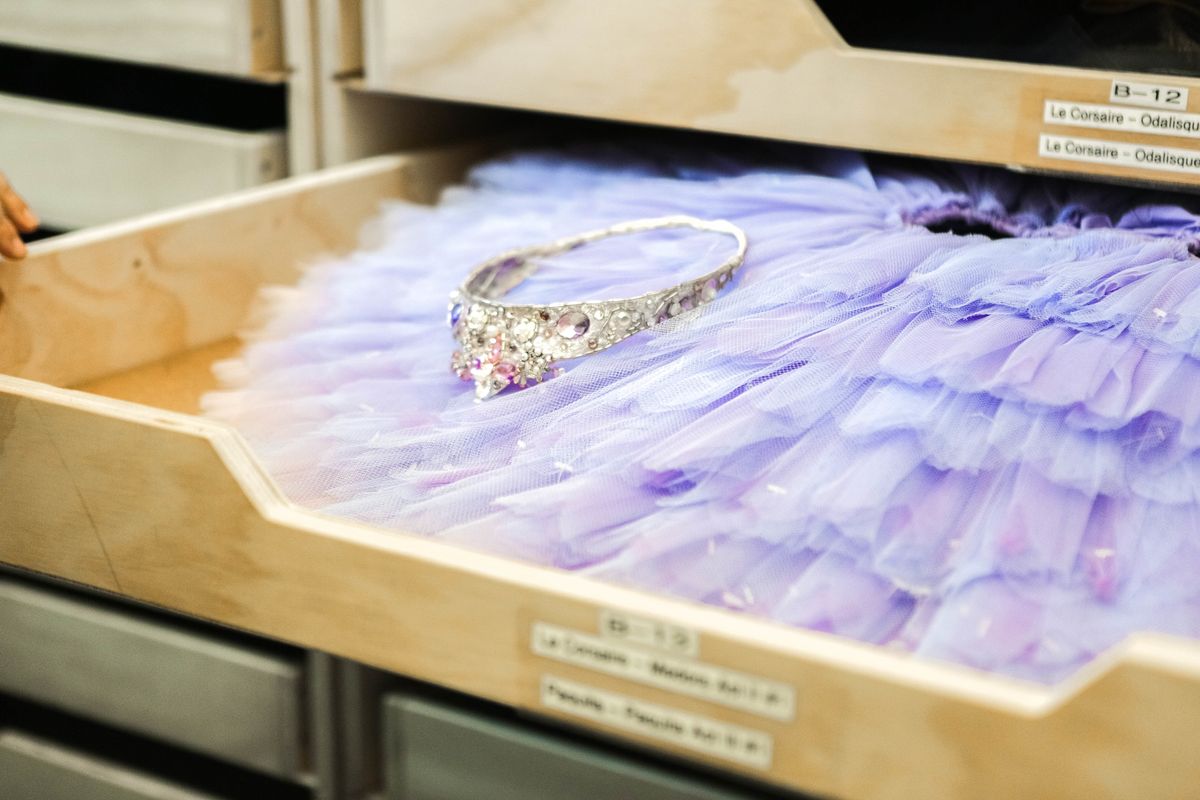
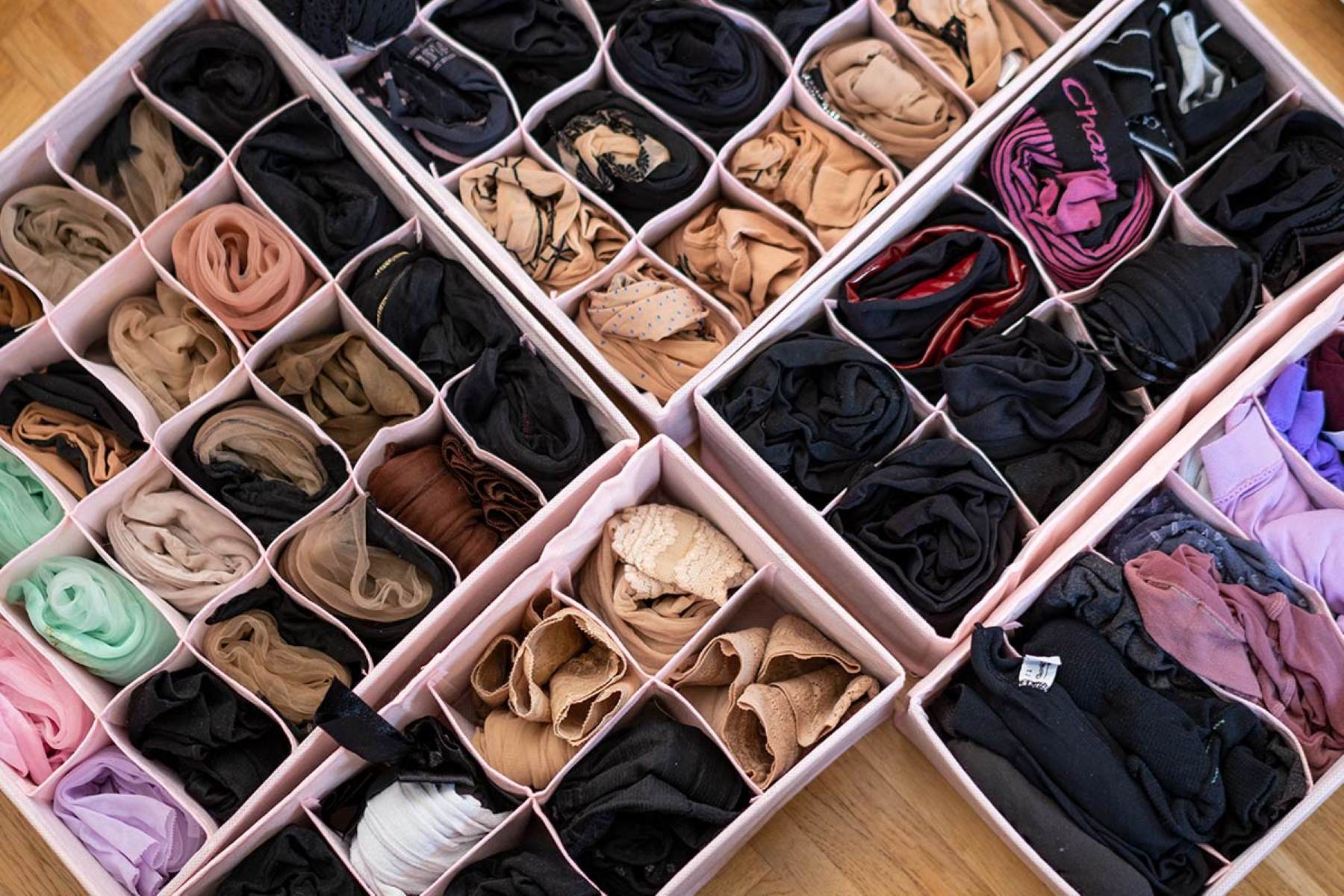
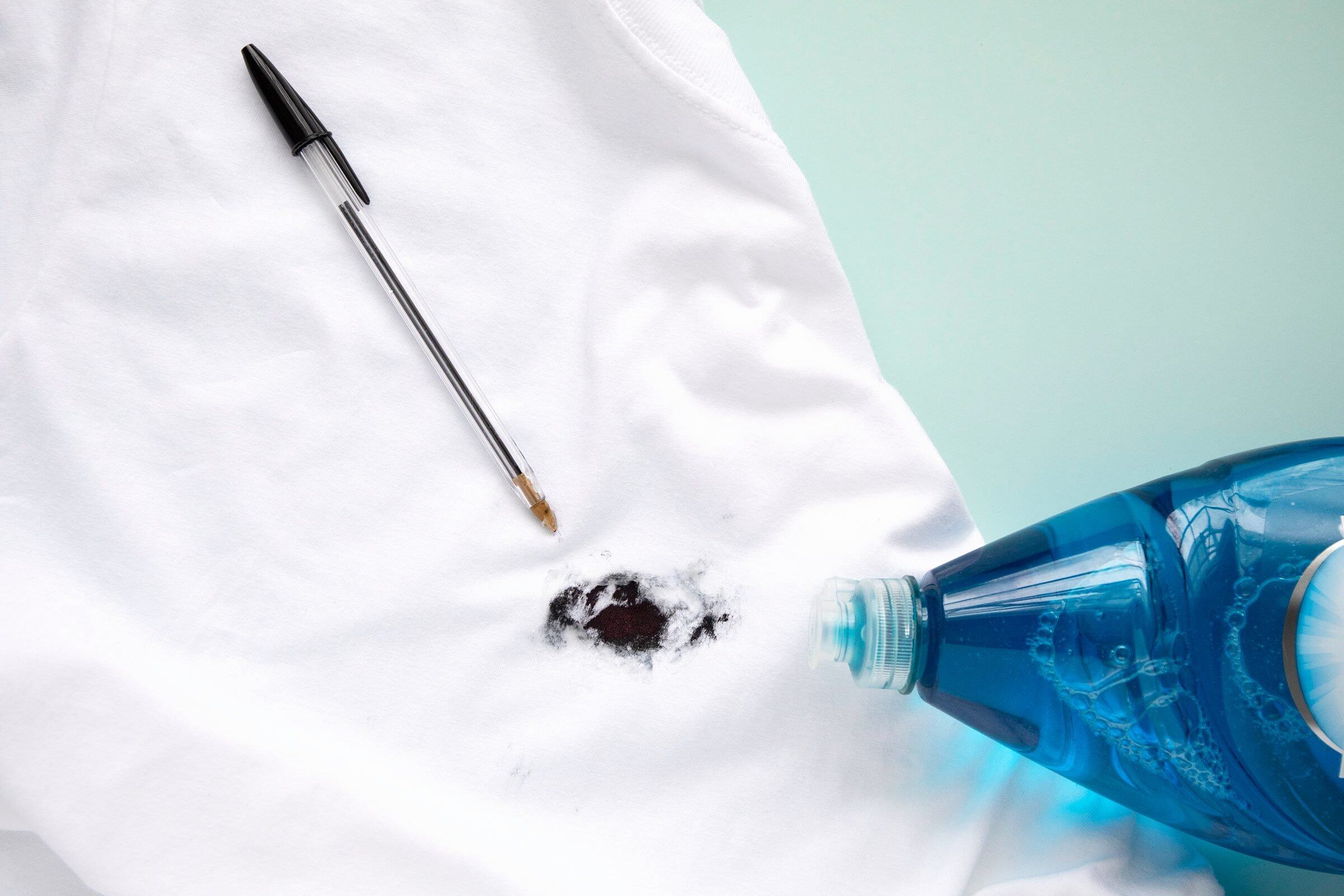

0 thoughts on “How To Store Workout Clothes”